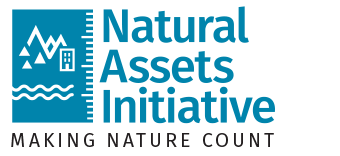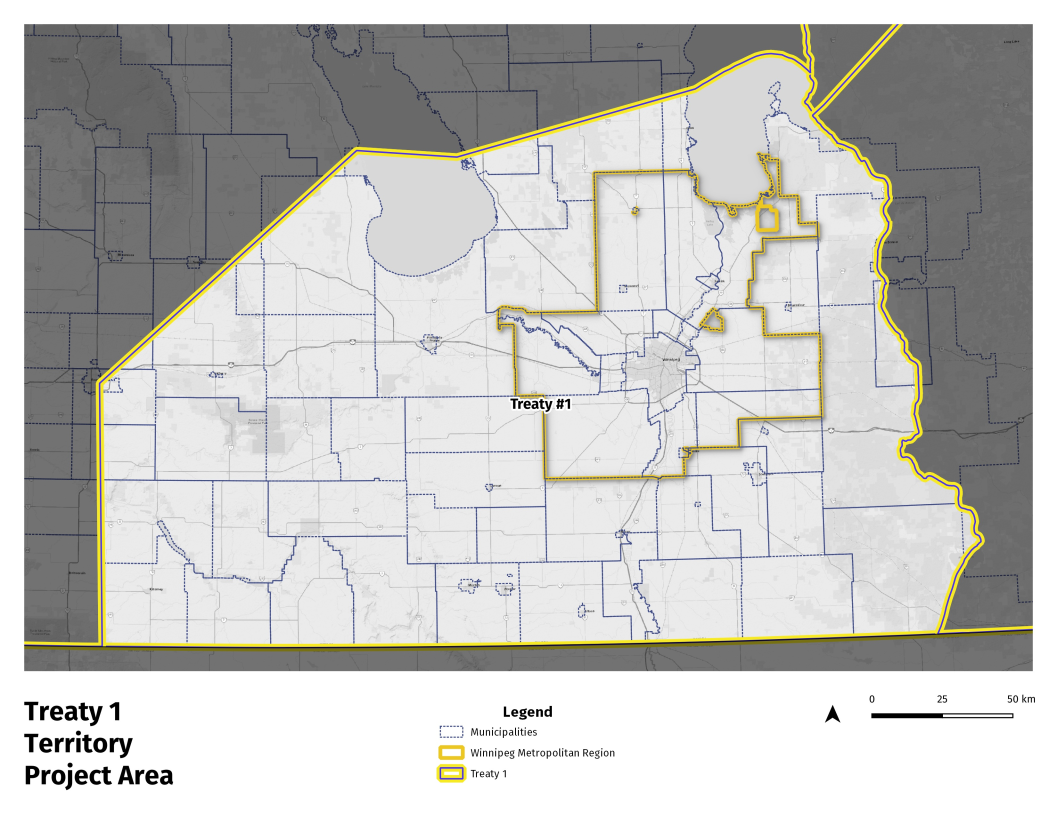Reconciling First Nations’ Worldviews and Perspectives with Natural Asset Management: Learnings from Manitoba
“The time has come for Indigenous knowledge systems, legal traditions, and customary and cultural practices to be appropriately recognized as equally valid and binding versus other frameworks. – We do not prescribe a one-size-fits-all solution. Rather, we offer a tapestry of diverse stories, perspectives, knowledge, languages, cultures and understandings about Mother Earth.”
It is in the spirit of the We Rise Together report by which MNAI has begun to consider how natural asset management might evolve and be continuously adapted to uphold Indigenous rights. Natural asset management (NAM) can only reach its potential in a Turtle Island/Canadian context by evolving to include inherent Indigenous rights and responsibilities in its methodologies and, wherever appropriate and possible, Indigenous perspectives, knowledge, and biocultural indicators. Reconciling settler resource management approaches with Indigenous approaches and ways of knowing is not a simple task; as well, there is little written on specific application of what MNAI defines as NAM in First Nations, Métis and Inuit communities.
MNAI efforts in Treaty One territory in Manitoba take place within context of:
- Mayors and Reeves of the WMR, together with Chiefs of Treaty One are together to reform governance in Manitoba through strong and unified commitment to reconciliation. Their efforts are formalized by an MOU process supported by the Collaborative Leadership Initiative (CLI). Facilitated by the Centre for Indigenous Environmental Resources (CIER), the CLI is a government-to-government approach that helps leaders build shared governance and advance reconciliation.
- The Winnipeg Metropolitan Region’s efforts working on shared opportunities and economic goals to create a prosperous regional economy. A key aspect of this has been to build relationships and trust with First Nations to co-develop shared approaches that are regionally aligned. Leaders from the CLI have agreed to work together to develop a process to inventory lands, water and other natural resources in Treaty One Territory.
MNAI’s role in this larger context has been to determine how to apply NAM to facilitate shared decision-making and eventually inventory lands, water and natural resources within the Treaty One Territory, starting with the creation of an inventory.
To document this effort, inform similar initiatives and, hopefully, provide useful contributions to Reconciliation dialogues, MNAI and the Winnipeg Metropolitan Region have The Journey So Far: Reconciling First Nations Worldview and Perspectives with Natural Asset Management.
The Journey So Far
The WMR area boundary is located within Treaty One Territory, which is the traditional territories of the Cree, Dakota, Dene, Ojibway, and Oji-Cree First Nations, and the homeland of the Métis Nation. Source: Winnipeg Metropolitan Region
Process and Methodology
Efforts occurred in three phases:
- Developing a land, water and other natural resources inventory and characterization
- Inclusion of community data
- Mobilization
A Project Team consisting of representative from WMR, Treaty One First Nations and MNAI identified key principles for this project, including:
- Assist in the development of collaborative protocols and guidelines to inform land use, development, infrastructure, and servicing decisions
- Provide an opportunity for joint ventures between partners
- Ensure we keep the 7th generation in mind when partners come together within the CLI to plan for the long-term guardianship of lands, waters and natural resources
Land, Water and Other Natural Resources: Changing Practice
The Project Team put together a Working Group to consider how the NAM approach could be adapted to include Indigenous perspectives, knowledge and worldviews.
A first step included discussions on terminology and descriptions of land features, mapping and data sharing, traditional uses, and outputs that are reflective of municipal, Métis and First Nations’ findings. This led to replacing the term “natural asset inventory” with the phrase, land, water and other natural resources inventory; the term “natural assets” was deemed to be unaligned with Indigenous perspectives in the Treaty One context as it overemphasized the monetary value but neglected the larger, inherent, and co-benefit attributes of nature that may not be captured currently in ecosystem service valuations.
Making space to agree on proper and terminology ahead of any Indigenous and non-Indigenous lands, water and other natural resources inventory project will be a standard step that MNAI deploys in collaborative NAM processes as a result of this project.
Continued discussions brought to light additional concerns and areas to better include Indigenous perspectives, including mapping jurisdictions and condition ratings. Learn more about what has evolved in the NAM process as a result of this project on page 20 of the report; a number of lessons were also documented on page 23.
The process to date has produced a first version of a water, land and other natural resource inventory, which will be launched publicly in March 2023.
What’s next in WMR and Treaty One Territory
Following the March 2023 launch, work will continue to refine the inventory and determine how it can support better decision-making.
For example, following meetings with land managers, the project team proposed to meet with each participating First Nation one-on-one to identify a process for moving forward. This approach recognized that not all Nations want to share information in similar ways and may have particular protocols for sharing and representing data. This phase is currently in progress and one-on-one discussions are on-going. The output of Phase 2, which will continue through 2023, will be an inventory reflective of publicly available data, refined with private community data.
Emerging Opportunities for Two-Eyed Seeing NAM
The work in Manitoba is having benefits elsewhere.
Following insights gained from engaging with WMR and Treaty One Chiefs, MNAI is exploring NAM through a Two-Eyed Seeing (Etuaptmumk) and Ethical Space approach.
MNAI is currently accepting joint EOI’s from First Nation communities and local governments in BC who want to work together to develop a land, water, and other resources inventory that includes, to the greatest possible extent, Western knowledge technical information and First Nations knowledge, worldviews and perspectives to measure the ecological services available within an agreed upon shared territory.
This project will build on the work happening in Manitoba and inform the practice of NAM through the inclusion of Indigenous perspectives and worldviews.



